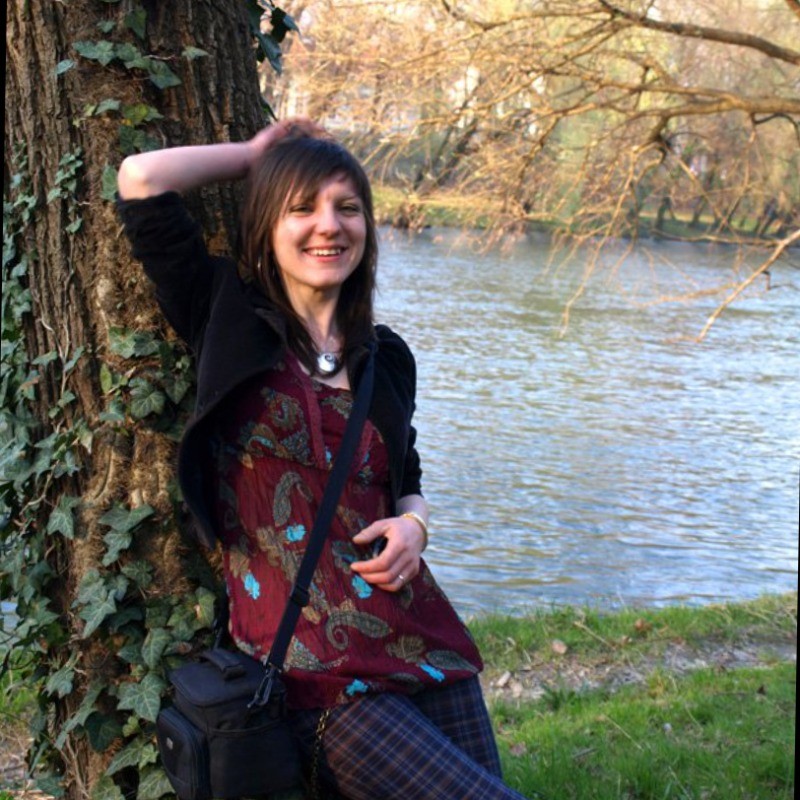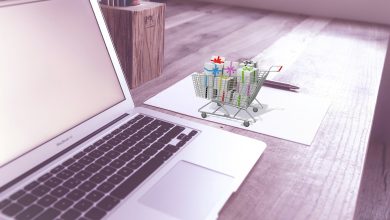Creativity has long been seen as a uniquely human trait, something that relies on imagination, intuition, and personal experience. However, artificial intelligence is rapidly changing the way people approach creative thinking.
Instead of replacing human creativity, AI is enhancing it, providing new tools and perspectives that were once unimaginable.
From music and art to writing and design, AI is pushing the boundaries of creative possibilities. By learning how to use technology effectively — including through a Generative AI course — individuals and businesses can unlock fresh ideas, streamline workflows, and expand their creative potential.
Using AI as a Creative Partner
AI is not here to take over the creative process but to assist in generating new ideas and refining existing ones. Whether through AI-generated music, image recognition for design inspiration, or automated content suggestions, technology is expanding what’s possible in creative fields.
But creativity isn’t just about ideas—it’s also about having the right setup to bring those ideas to life. Solar battery storage can be a game-changer for creators who rely on technology. If you’re a digital artist working from a studio, for example, a solar battery ensures your devices stay powered without interruptions.
AI tools require electricity, and with a reliable solar battery, you can keep your creative flow going even during power outages or while working in unconventional spaces.
By pairing AI-powered tools with renewable energy storage, creators gain the freedom to experiment, innovate, and push boundaries.
Overcoming Creative Blocks with AI
One of the biggest challenges in any creative field is the dreaded creative block. Writers stare at blank pages, designers struggle with new concepts, and musicians search for fresh sounds.
AI can help break through these barriers by generating prompts, suggesting variations, or even analyzing past work to recommend new directions.
For writers, AI-powered tools can generate ideas, offer alternative phrasing, or suggest plot twists. In design, AI can analyze color palettes, layout trends, and customer preferences to inspire new creations. When used correctly, AI doesn’t limit originality—it enhances it.
Enhancing Brainstorming and Idea Generation
Brainstorming sessions often rely on collaboration, but AI can act as an additional team member, providing rapid input based on massive datasets.
Tools like AI-driven mind-mapping software, automated concept generators, and machine learning-based pattern analysis allow creators to explore broader ideas than ever before.
By identifying trends, analyzing audience responses, and predicting potential outcomes, AI helps refine ideas with real-world insights. Instead of working through trial and error, creators can use AI to test concepts before investing significant time and effort.
AI in Visual and Audio Creativity
AI is playing a growing role in the visual arts, music, and film industries. Tools like deep learning algorithms can generate original artwork, enhance photographs, and even restore old images with remarkable accuracy.
AI-powered music composition tools can assist musicians in creating complex harmonies and experimenting with sounds that might be difficult to achieve manually.
In film and video production, AI can speed up editing, enhance special effects, and even generate scripts based on storytelling patterns. While the human touch remains essential, AI provides new avenues for expression that were previously inaccessible.
Ethical Considerations and Human Oversight
While AI is a powerful tool, ethical considerations must be taken into account when integrating it into creative work. Copyright concerns, data privacy, and the potential loss of human touch are all challenges that must be addressed.
AI-generated content should be seen as a supplement rather than a replacement for human creativity. Oversight and ethical guidelines ensure that AI is used responsibly, allowing technology to enhance rather than diminish originality.
The Future of AI and Human Creativity
As AI continues to evolve, its role in creative fields will only expand. Instead of viewing technology as a threat, embracing it as a collaborator opens the door to new levels of innovation.
By learning how to integrate AI into the creative process, individuals can push past limitations and discover new artistic possibilities.
The most exciting ideas often come from unexpected sources—and with AI as a tool, thinking outside the box has never been easier.




